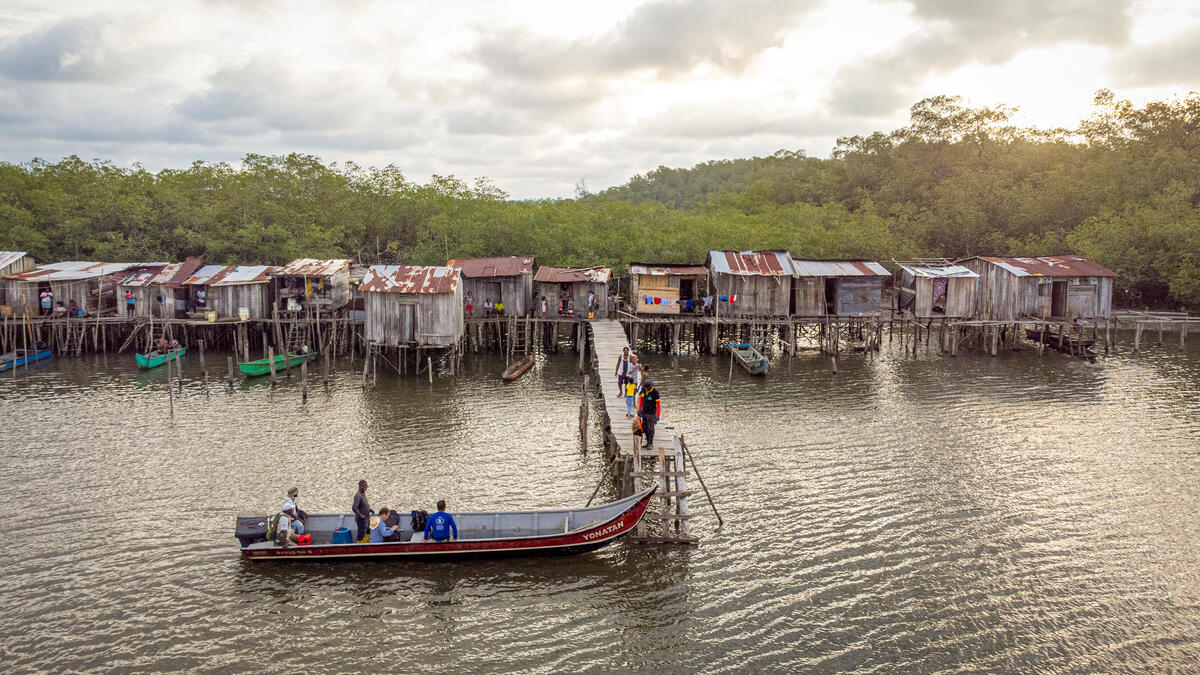
COLOMBIA:
A Legacy of War
A 2016 peace agreement put an end to almost six decades of conflict in Colombia – and opened up new possibilities for WFP to tackle hunger. But devastating challenges of inequality and hunger linger.
The Colombian conflict left hundreds of thousands of people dead and displaced millions. Ethnic minorities – including indigenous and Afro-Colombian communities – in former conflict zones are paying a heavy price for years of marginalization.
Colombians displaced by war
Nearly 2 million Venezuelans have taken refugee in neighboring Colombia
of the population is facing poor or borderline food consumption
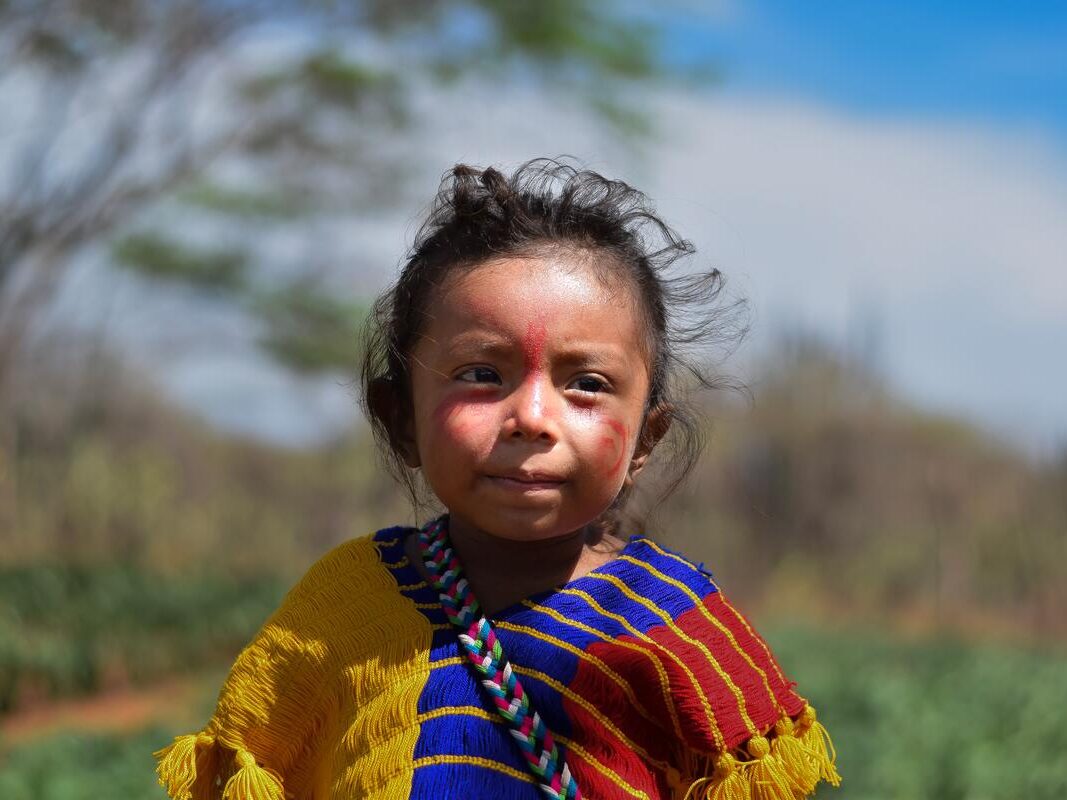
A people left Behind
In 2016, a peace agreement between the Government of Colombia and the country’s main armed opposition group, the Fuerzas Armadas Revolucionarias de Colombia (FARC, Revolutionary Armed Forces of Colombia) put an end to almost six decades of conflict. While other armed groups still operate in the country, this agreement opened up new possibilities for us to tackle – in partnership with the Government, international cooperation agencies and other actors including the private sector – the outstanding challenges of inequality and malnutrition and to build the resilience of community’s long cut-off by armed activities.
The conflict left hundreds of thousands of people dead, displaced millions and was characterized by widespread human rights violations – including disappearances, sexual and gender violence, recruitment of children and land grabbing – illicit economies and environmental damage. It has deeply permeated the country’s social, economic and political fabric, and its legacy will pose serious challenges for the implementation of the peace agreements and the achievement of development goals.
While Colombia is classified as an upper middle income country, it ranks second in the region – and seventh in the world – for income inequality. Extreme poverty is still present, affecting disproportionately certain regions and types of population. In particular, ethnic minorities – including indigenous and Afro-Colombian communities – in former conflict zones are paying a heavy price for years of marginalization. Coastal regions present the most severe deficiencies, with the Caribbean department of La Guajira reaching a peak of 90 percent of rural population with unsatisfied basic needs.
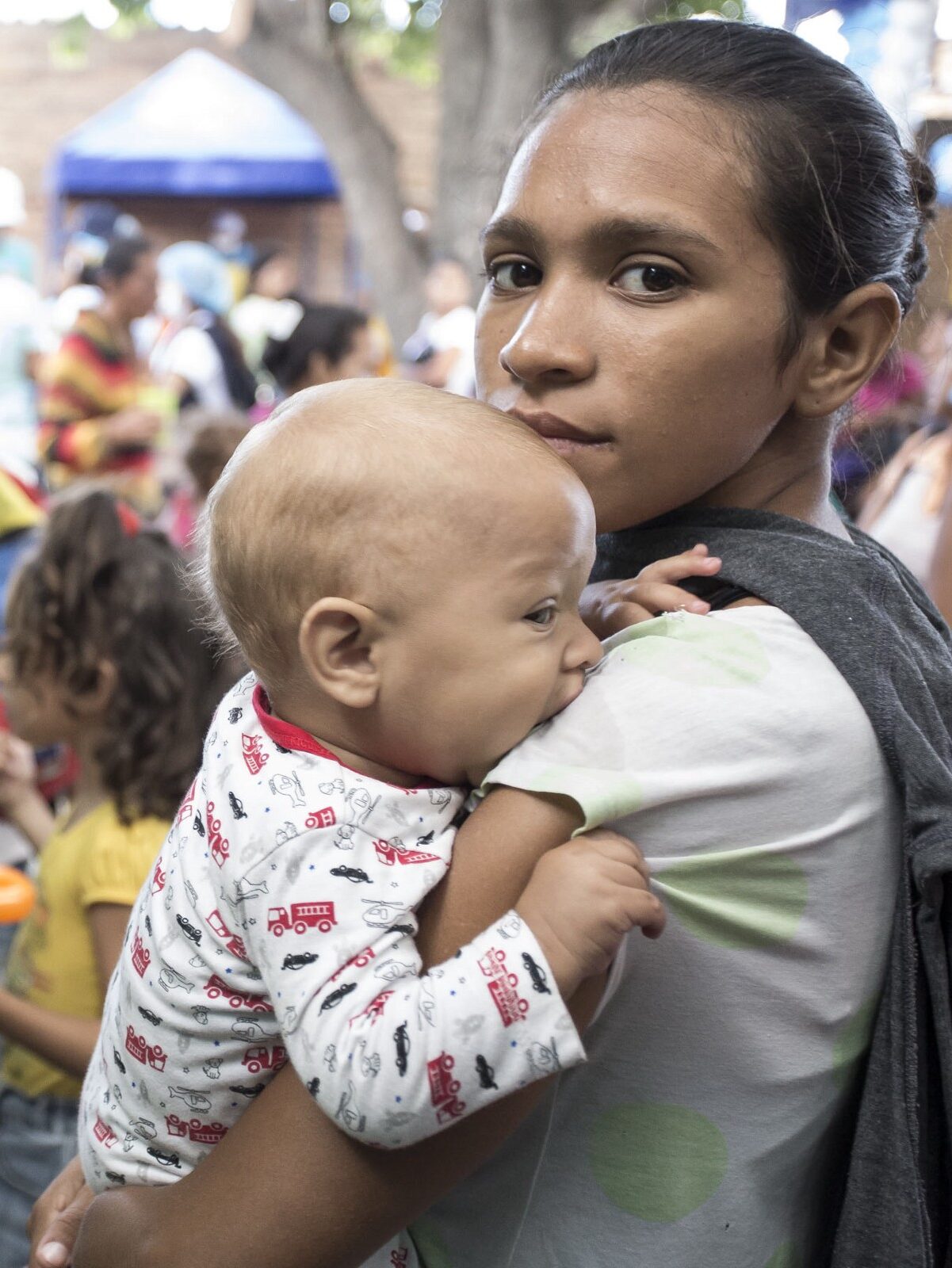
WFP’s Work in Colombia
Our activities in Colombia concentrate on the most vulnerable populations, including victims of violence, marginalized communities and ethnic groups. The aim is to rebuild and strengthen their livelihoods
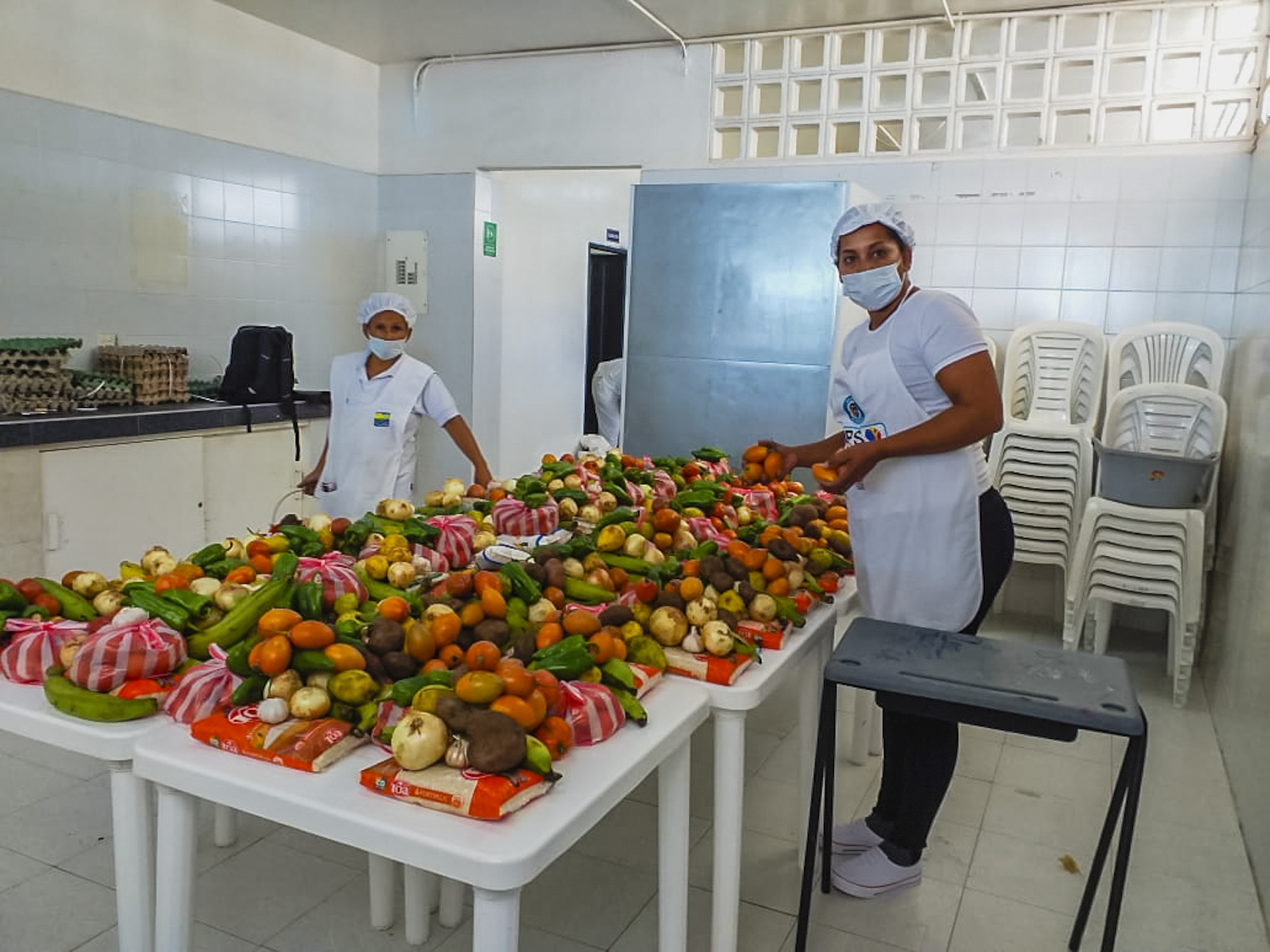
WFP provides local public and private institutions with technical support for the development of policies and the design, delivery and evaluation of programs to address malnutrition and food insecurity, with a special focus on former conflict areas. It also encourages South-South cooperation to strengthen capacities in disaster risk reduction and the implementation of social programs.

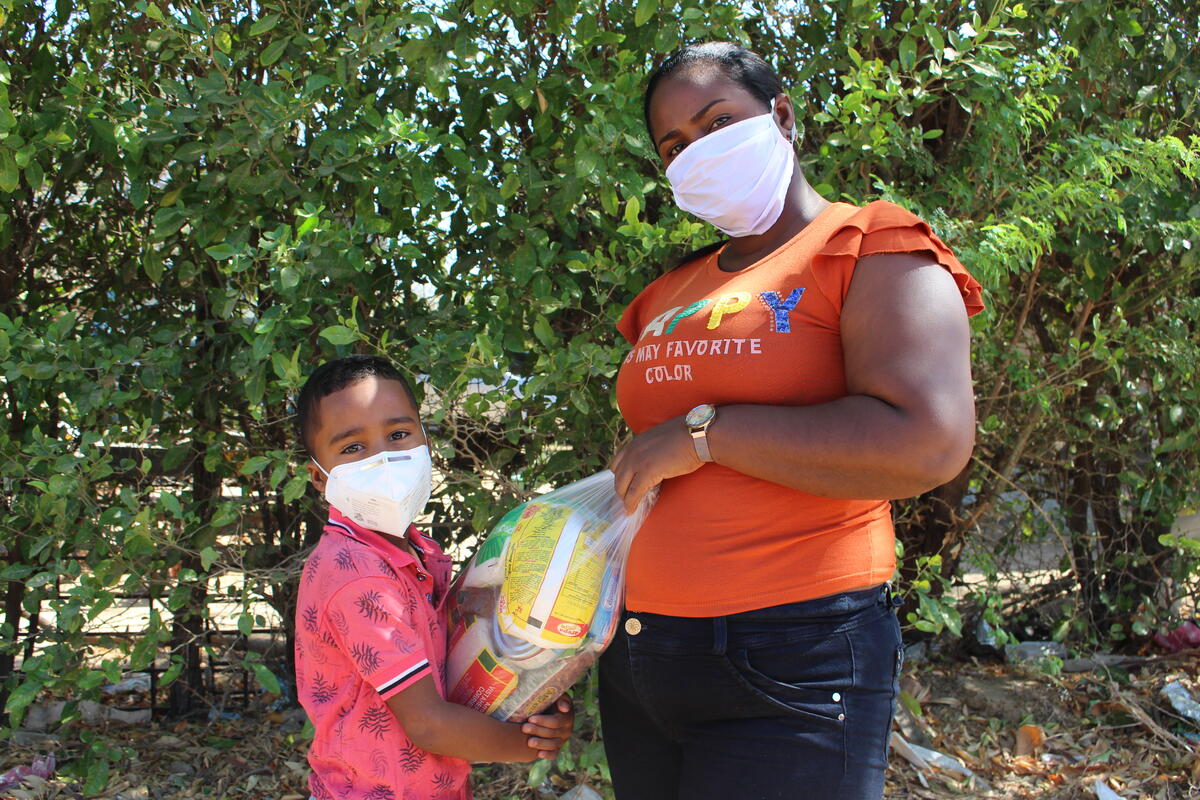
We work with victims of violence – including internally displaced people and returnees – and vulnerable populations to ensure they have adequate access to nutritious, varied food at all times. Children at risk of recruitment – especially in remote rural boarding schools – or affected by displacement are supported through a school meals program designed to build local ownership and linked to local production, in particular from women’s associations.

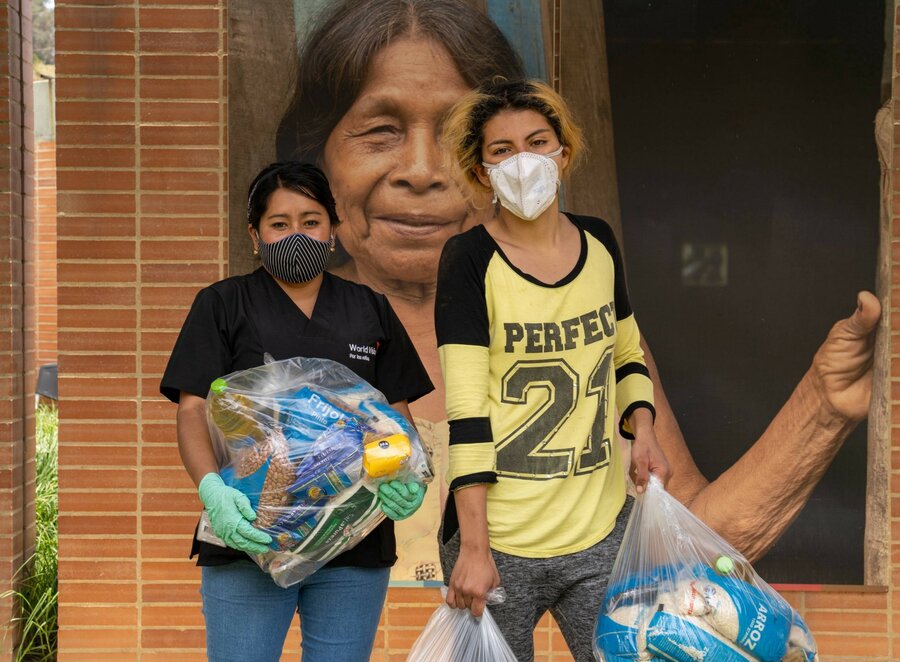
We also promote nutrition-related trainings and communication campaigns tailored to address the gender and age of recipients. Local governments receive support to prevent malnutrition with special attention to the first three years of life and a focus on pregnant and nursing women, adolescent girls and children under five.

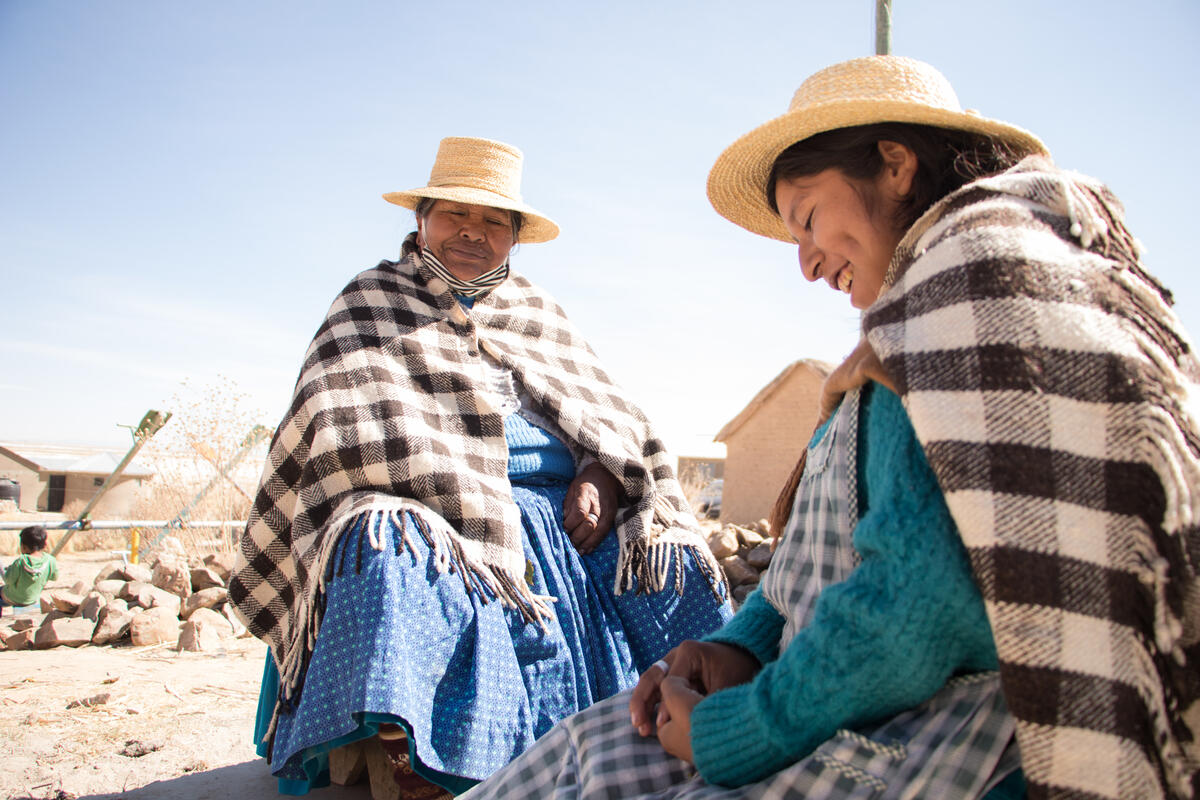
To enhance the production and marketing capacities of smallholder farmers, we’re providing training to ensure they meet demand requirements (including quality standards, stability in quantities, addition of value to raw products, use of native species and environmentally sound agricultural practices) and promoting efficient procurement models that link smallholder production with public and private markets.

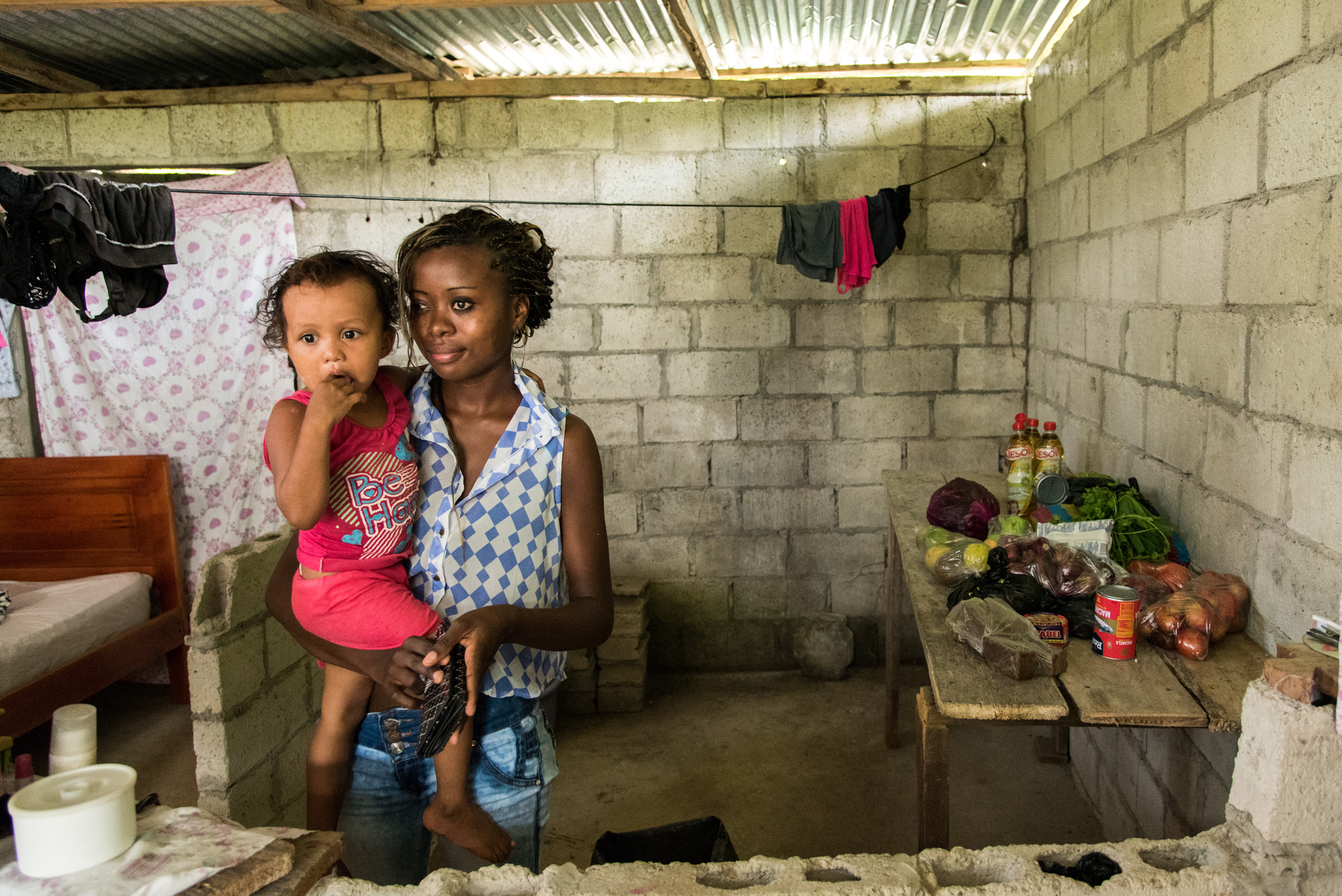
Integrated actions support community-based, inclusive and sustainable natural resource management and adaptation to climate change measures, building on the analysis of climate trends and forecasts. Activities build resilience, using incentives such as food transfers or CBT, to recover ancestral practices and traditional knowledge, and improve dietary diversity and rebuild livelihoods.

Help Save Lives by Sending Food
You can help deliver food to vulnerable populations in Columbia and other countries by donating to WFP.
What’s happening in Columbia
Read the latest stories & updates from Columbia:


